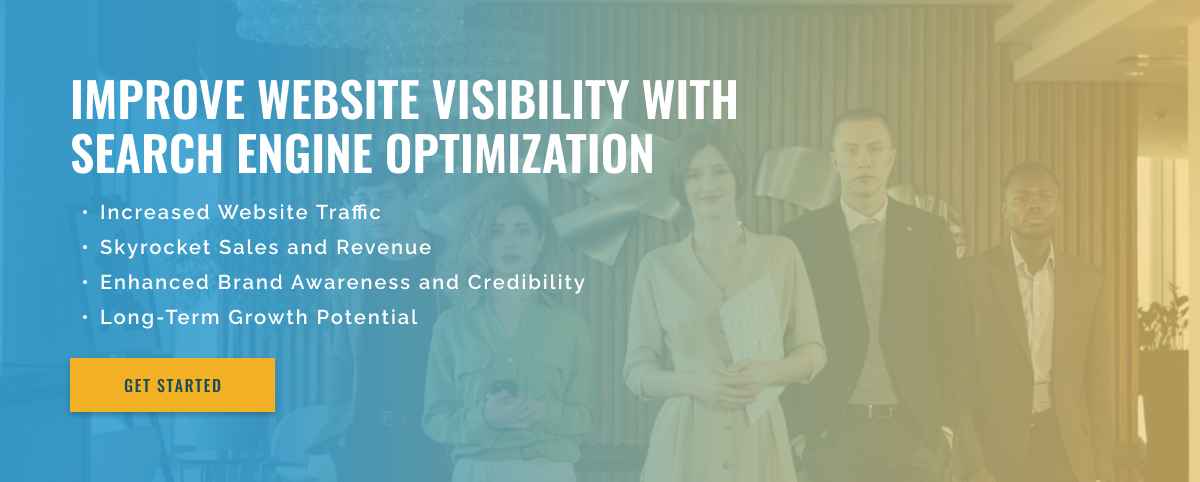3 minute read
Optimizing SEO and Content for B2B Sales Cycle Length
In today’s digital age, the world of business-to-business (B2B) marketing has become increasingly competitive. With the rise of eCommerce and online platforms, businesses are constantly looking for ways to increase their online presence, connect with potential customers, and ultimately increase sales. As a result, search engine optimization (SEO) has become a crucial aspect of B2B marketing strategies.
However, what many companies don’t realize is that the length of the B2B sales cycle can have a major impact on their SEO strategies and content planning. In this article, we discuss how the length of the sales cycle in B2B affects SEO strategies and why it is important to take it into account when planning your digital marketing efforts.
Let’s first define the length of the sales cycle in B2B. It refers to the time it takes a potential client to go through the entire sales process, from the first contact to the closing of the deal. Unlike business-to-consumer (B2C) sales, B2B sales cycles tend to be longer and more complex and involve multiple decision makers and stakeholders. Therefore, marketers must take a different approach when developing their SEO strategies and content to target B2B customers.
One of the most important ways the length of the sales cycle affects SEO strategies and content planning is through the keywords used. For B2B companies, it is essential to identify keywords that match the different phases of the sales cycle. For example, in the early stages, potential customers can use broad keywords to conduct research and gather information. As the sales cycle progresses and they become more familiar with the industry and its solutions, they can use more specific and longer keywords. As a result, businesses need to create a wide range of relevant content that caters to these different stages and ensure it is visible to potential customers throughout the sales process.
Additionally, the length of the sales cycle can also influence the types of content produced. In the initial stages, potential customers may prefer educational and informative content such as blog articles, whitepapers, and e-books. As they get closer to making a purchasing decision, they may look for more detailed and technical content, such as case studies and product demos. As such, businesses must adapt their SEO strategies and content planning accordingly to meet the specific needs of potential customers at each stage of the sales cycle.
In conclusion, the length of the sales cycle in B2B has a significant impact on SEO strategies and content planning. It is essential that companies understand the phases of the sales cycle and the associated needs and preferences.

